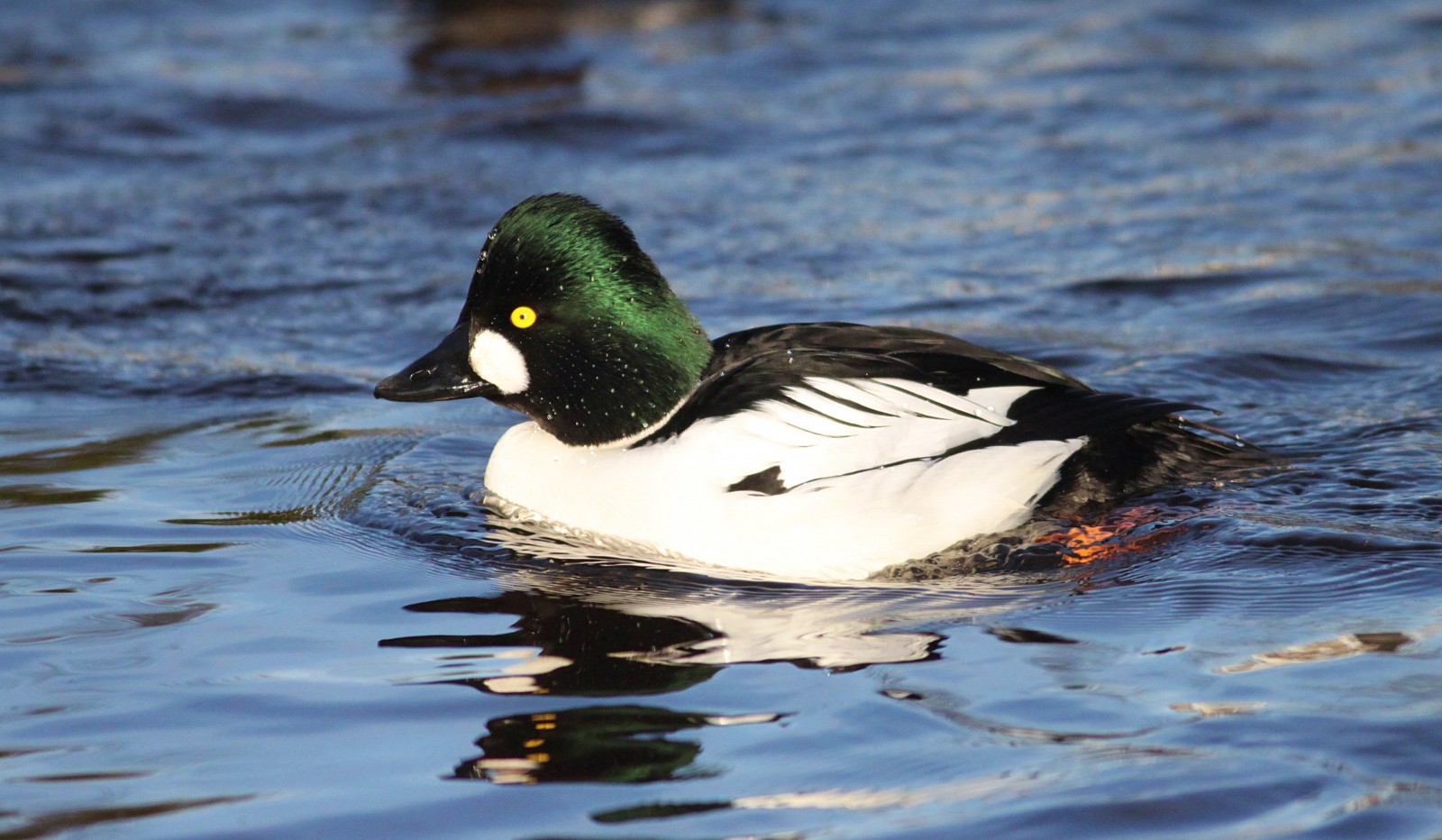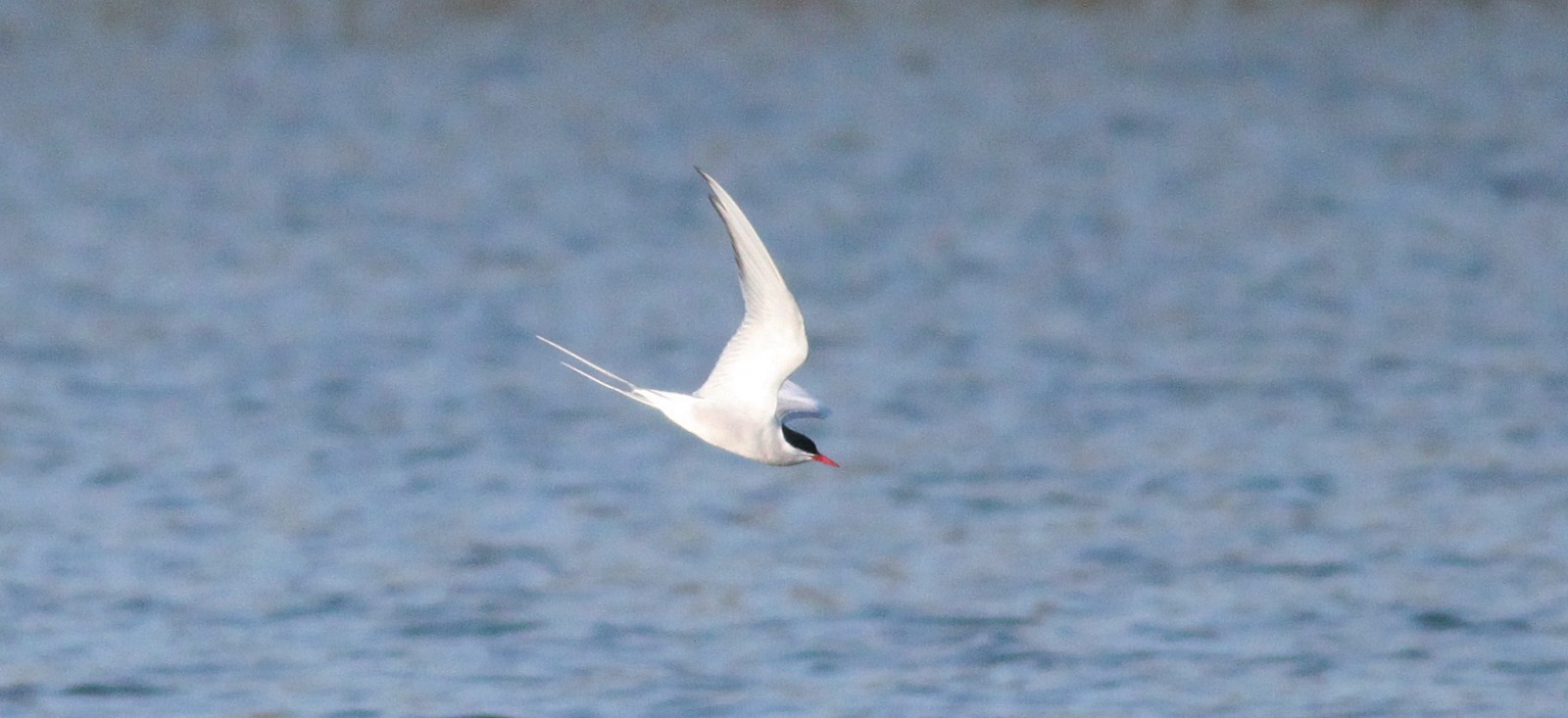Charger images
Les formats d'image autorisés sont de type jpeg, png ou gif
La taille maximale du fichier doit être de 20MB



Experience one of the largest broads in Norfolk by visiting one of its best viewpoints, weaving through the wonderful wet woodland trail along the way.
Barton Broad is the second largest inland waterbody in Norfolk, and has been owned by the Norfolk Wildlife Trust since 1945. The lake / broad was created by peat extraction in the middle ages. In the early 20th century the broad was heavily polluted, but since then, the river and broad have been cleaned up and wildlife is steadily returning to the area.
In winter, expect large number of Garrot à oeil d'or to be found on the broad, alongside smaller numbers of Fuligule morillon. Being such a large body of water, Barton Broad is less susceptible to freezing over in cold weather, and therefore in the harshest winter periods, local rarities including Harle piette, Fuligule milouinan, Harelde boréale, Grèbe à cou noir and Plongeon imbrin may be found by lucky visitors. The wet woodland will hold Râle d'eau and Bécasse des bois. Swans and Oie à bec court may be seen flying over the reserve in noisy groups.
In spring, it is worth exploring the surrounding farmland between the car park and the boardwalk trail. You will likely encounter Bruant jaune and Bruant des roseaux in the hedgerows, while Bouvreuil pivoine and Verdier d'Europe may also be seen near the car park. In the wet woodland, Mésange nonnette, Grimpereau des bois and a variety of other common garden birds may be seen. The Grèbe huppé will be dancing on the broad, and Busard des roseaux may be seen dispalying overhead. You will probably find a few Sterne pierregarin feeding over the Broad, but after periods of stormy weather, there is a reasonable chance of finding Sterne arctique, Guifette noire and Mouette pygmée with them in April and May.
Summer is a quieter period for birding at Barton Broad, however, it is a good time to see Faucon hobereau hawking over the broad. Keeping eyes to the sky, Buse variable and Épervier d'Europe may also be seen circling over the broad. Hirundines including Hirondelle rustique and Hirondelle de rivage may be seen catching flying insects over the water.
Autumn visitors may have a chance of spotting Balbuzard pêcheur stopping over in the Norfolk Broads before its long migration back to West Africa. It is also a great time to spot Martin-pêcheur d'Europe zooming up and down the Broad. This reserve is easily accessible, and suitable for birders of all abilities. A scope can be useful, as wildfowl on the broad are sometimes distant. There is a sightings book at the viewpoint, so you can see what others have seen in recent days.
There is a signed car park between the villages of Neatishead and Irstead, next to the Old Rectory. From here it is an easy 1km (0.6- mile) stroll to the start of the wooden boardwalk trail (which is suitable for wheelchairs). There is also a disabled car park with 3 - 4 spaces available at the start of the boardwalk. From the car park, the reserve is accessible via boardwalk, through wet alder woodland to a viewing platform with spectacular views overlooking Barton Broad.
During severe storms, the boardwalk may be closed due to risk of falling tree branches. Parts of the boardwalk may also be flooded after wet weather.
Votre feedback sera transmis à l’auteur.rice de cette zone et à l’équipe éditoriale de Birdingplaces, qui l’utiliseront pour améliorer la qualité des informations. (Vous souhaitez publier un commentaire visible en bas de page ? Fermez cette fenêtre et choisissez l’Option 1 : « Publier un commentaire, un conseil ou une observation ».)
Veuillez fournir des suggestions d'améliorations ou d'ajouts au texte de ce site ornithologique.
Veuillez fournir vos suggestions d'améliorations ou d'ajouts à la carte.
Veuillez fournir des suggestions d'améliorations ou d'ajouts à la liste des oiseaux.
Cliquez sur l'icône de l'oiseau () Insérez les noms d'oiseau dans votre langue. Ils seront automatiquement traduits pour les autres usagers !